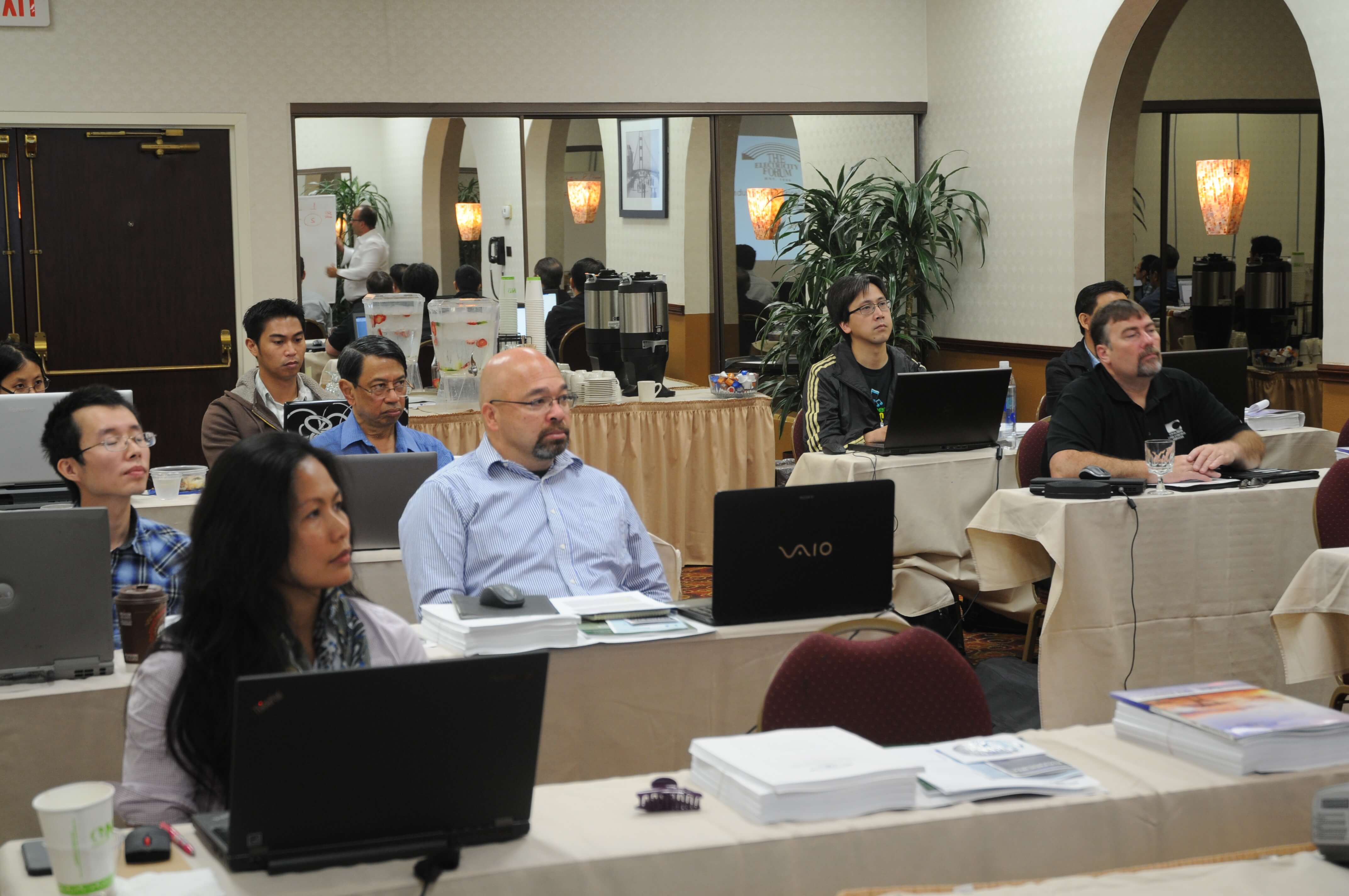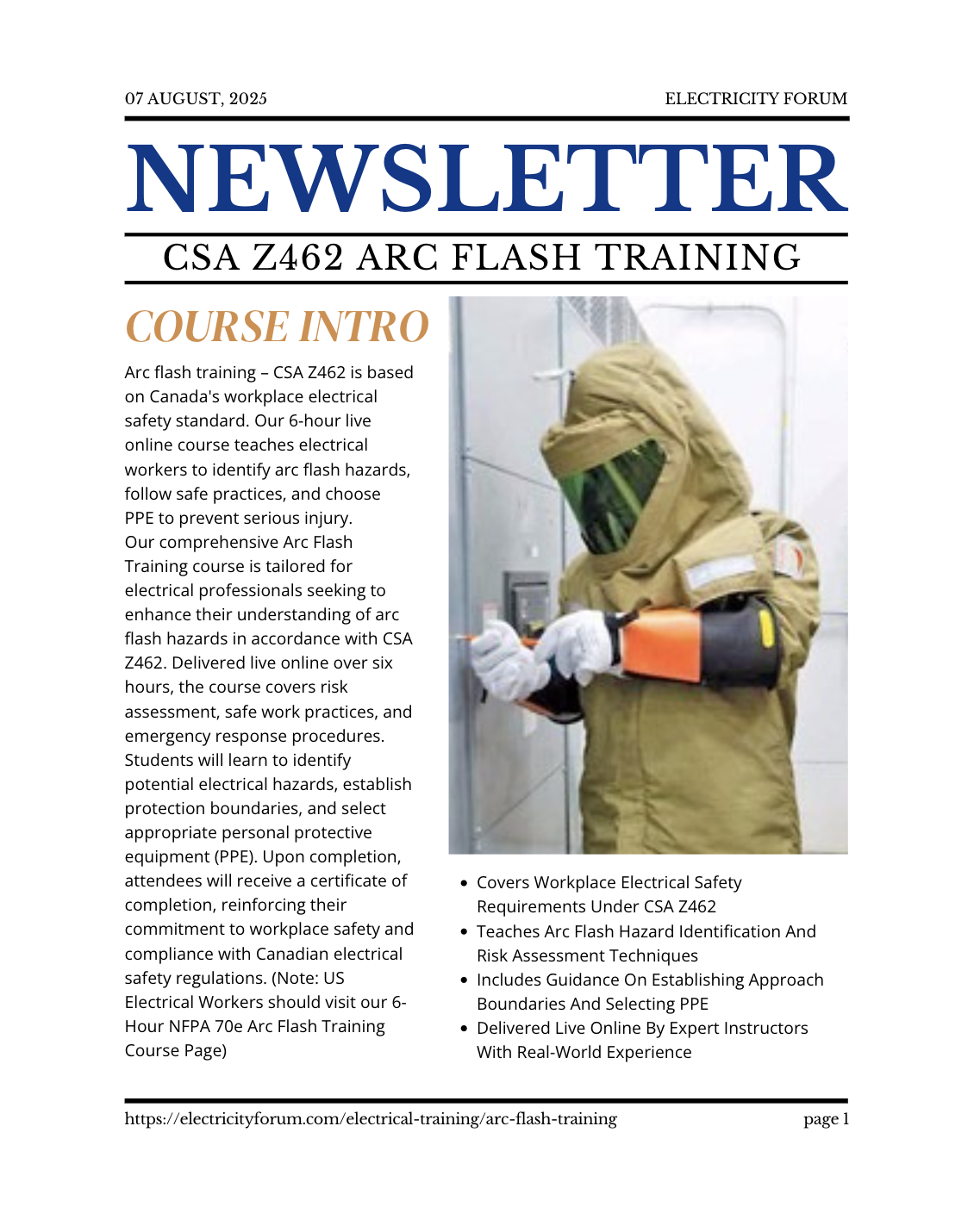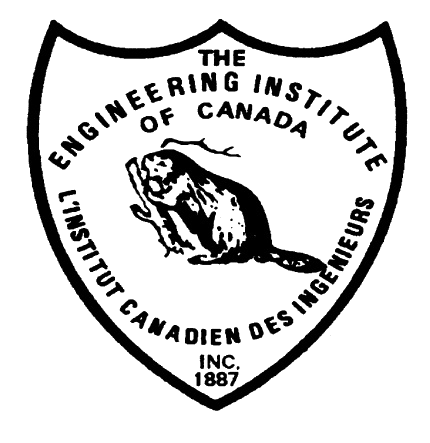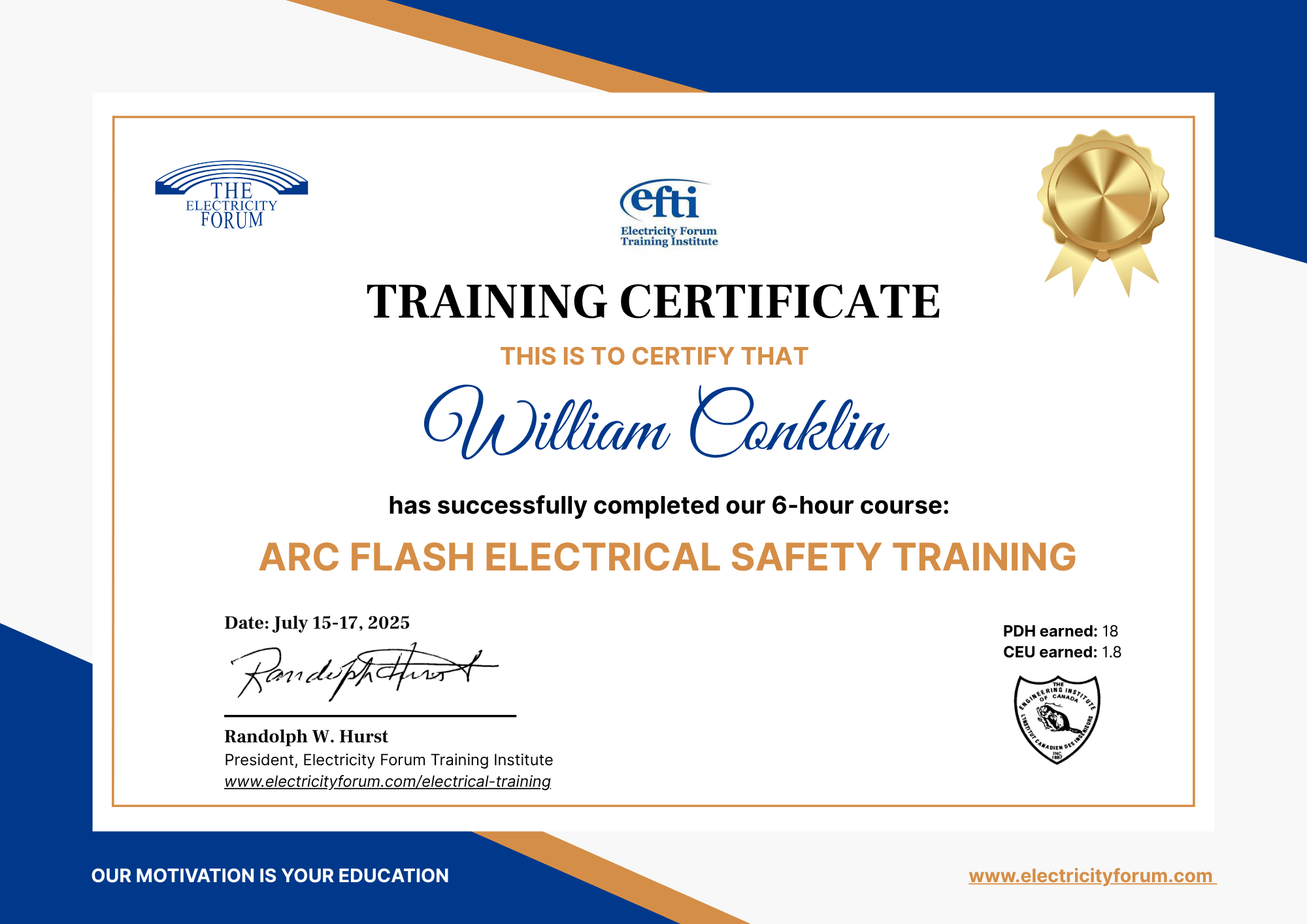Protective Relay Training—This 12-hour live online instructor-led training course provides a comprehensive understanding of industrial, commercial, and institutional power system protection. Relay technicians, system protection engineers, consultants, and engineers and technicians working in system protection should take this course.
Our Protective Relay Training course will benefit personnel of all levels of experience because it covers a range of relay schemes' complexity and methods of testing and analyzing relay operations. We discuss system protection principles, measurement devices used for relaying, basic relay schemes, and the most common schemes used in the field. This course provides professionals with real examples from actual system protection situations.
This Protective Relay Training course will cover relay theory and operation of modern digital types from two major North American relay manufacturers (GE Multilin and SEL), covering many types of functions such as phase, ground, negative sequence overcurrent, over and under voltage, over and under frequency, reverse power, distance and bus/transformer/line differential. Topics such as complete motor protection, fault current basics and the application of fuses and circuit breakers/contactors in industrial and distribution substations will also be covered.
Engineers who need a comprehensive understanding of the challenges and solutions for protecting electrical power systems should attend this course.
The Protective Relay Training course provides basic relay application and settings calculation guidelines. It also reviews basic power system concepts and describes instrument transformers. This training course is designed for technicians, operators, maintenance personnel and engineers who need a comprehensive understanding of the challenges and solutions for protecting industrial power systems. This training course provides guidelines on downloading and installing North American relay manufacturers software packages, establishing communication between laptop and relay, and basic relay logic programming examples. The course provides guidelines for the relay protection application, principles and setting calculation and an overview of the principles of the relaying protection for motors, transformers, medium voltage cables, feeders, buses, generators, transmission and distribution lines, breaker failure and capacitor banks. This training course reviews basic power system concepts and current and voltage instrument transformers. Protection requirements for industrial plants, cogeneration, and interconnection with the utility power system are explained in detail. This course covers the subject of power system protection from a practical perspective and includes important functional aspects such as testing and coordination of protection systems. This course is designed for individuals involved with industries and utilities that depend on proper system protection for operational efficiency and minimizing damage to equipment.
A properly designed protection system with downstream devices (breakers/fuses/relays) should be activated before upstream devices. This minimizes the system portion affected by a fault or other disturbance. At the substation level, feeder breakers should trip before the main. Likewise, downstream panel breakers should trip before the substation feeder supplying the panel.
Power System Protection And Coordination of various electrical equipment and apparatus requires a good understanding of phase and ground short circuit currents, detection, and safe clearing of the faulted equipment.
- Gain valuable experience in utility and industrial electrical system analysis, protection, control, communication, and automation
- Learn the latest trends in evolving electrical protection standards, design methods, and new technologies
- Gain Valuable knowledge of electrical power system analysis and short circuit calculations, time current coordination curves, fusing fundamentals, and more!!
- Learn how to keep your electrical system engineers, operators and project managers on track by using the latest relay protection techniques
Large or small, every industrial, commercial and institutional organization needs to understand how to protect their investment in electric power systems. To do this properly, companies need to know how to perform an electrical protection analysis of all the parts of their power system, such as analyzing fault data, coming up with protection settings, and then getting all of the components of their plant to be controlled by the operators who are responsible for integrating their power system into communication and data acquisition modes.
Students will learn the essentials of electrical protection design, relay coordination, fusing fundamentals, and breaker fundamentals. They will also be provided with an understanding of digital protective relaying as we go through practical examples of electrical protection for generators, feeders, motors, and transformers.
COURSE OBJECTIVES
- To Identify The Challenges And Solutions To Industrial And Power System Protection Problems And The Benefits Of Reliable And Fast Arc-Flash Protection.
- To Provide A Practical Understanding And Selection Of Protective Device Relay Applications And Protective Relay Schemes For Industrial And Electrical Power Systems And Equipment.
- Describe Current And Voltage Transformers And Their Impact On Protection Relay Settings And Schemes.
- Refresh Your Knowledge Of The Basic Industrial System Protection Techniques, Including Fault Analysis And Overvoltage Assessment.
- Develop Your Own Relay Settings And Thoroughly Understand The Philosophy Of Protective Systems.
- Analyze Power System Faults For Balanced And Unbalanced Conditions Using Symmetrical Components.
- Study Actual Cases Illustrating Various Techniques In Present Use And Highlighting Particular Approaches Used By Experienced System Designers.
- Enhance Your Experience With Power System Protection Problems Generally Faced And Solutions Successfully Adopted By Industry.
- Understand how to apply microprocessor-based multifunction relays for the protection of various power system equipment and apparatuses.
COURSE BENEFITS
The Electrical Protection Coordination Training Course:
- Will Reduce Unnecessary Downtime!
- Provide Recommended Settings For Adjustable Trip Circuit Breakers And Relays.
- Will Increase Coordination (Selectivity) Between Devices.
- Identify Deficiencies In System Protection.
- Will Provide Recommended Solutions To Help Correct Your Problem Areas.

















